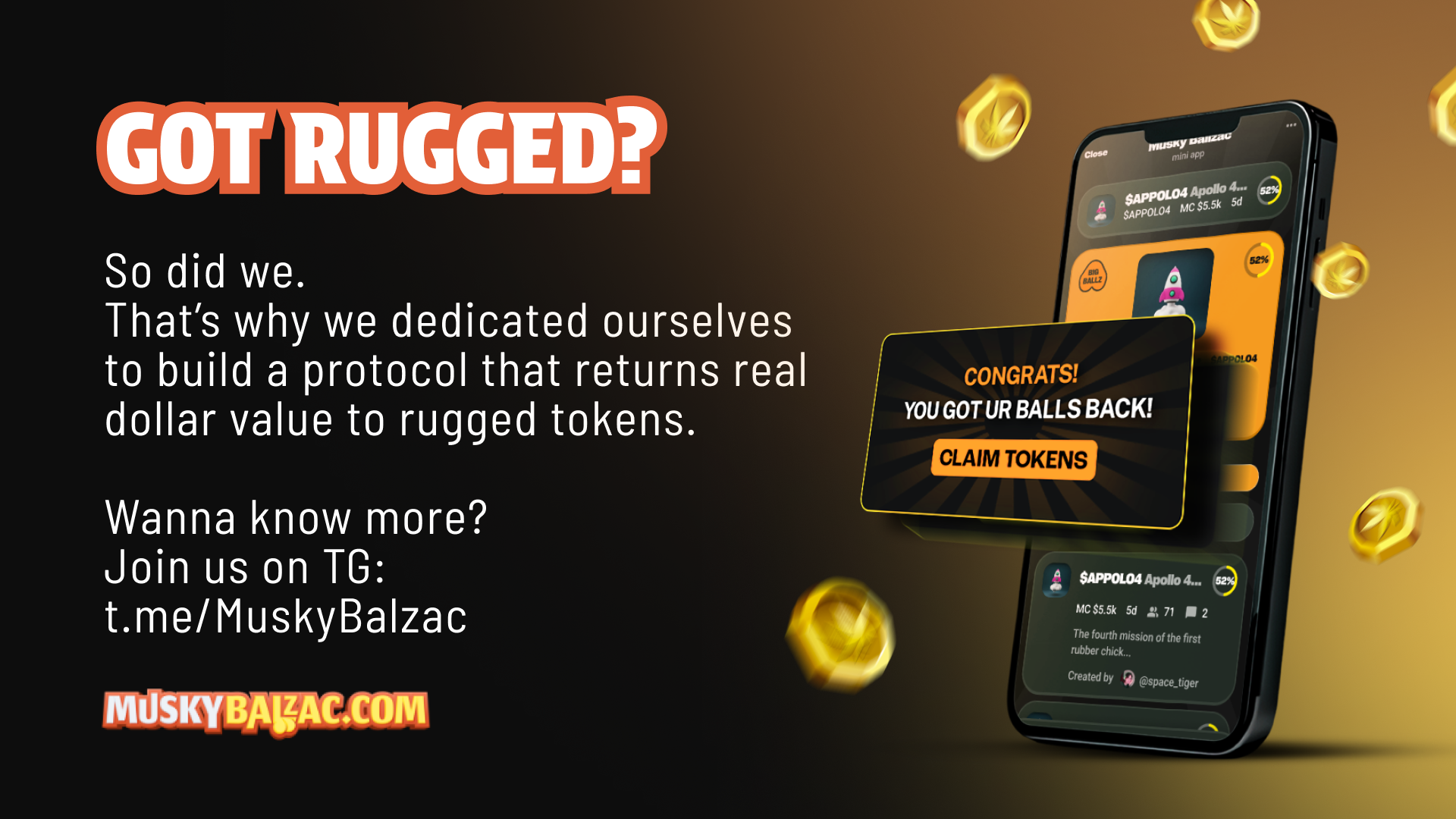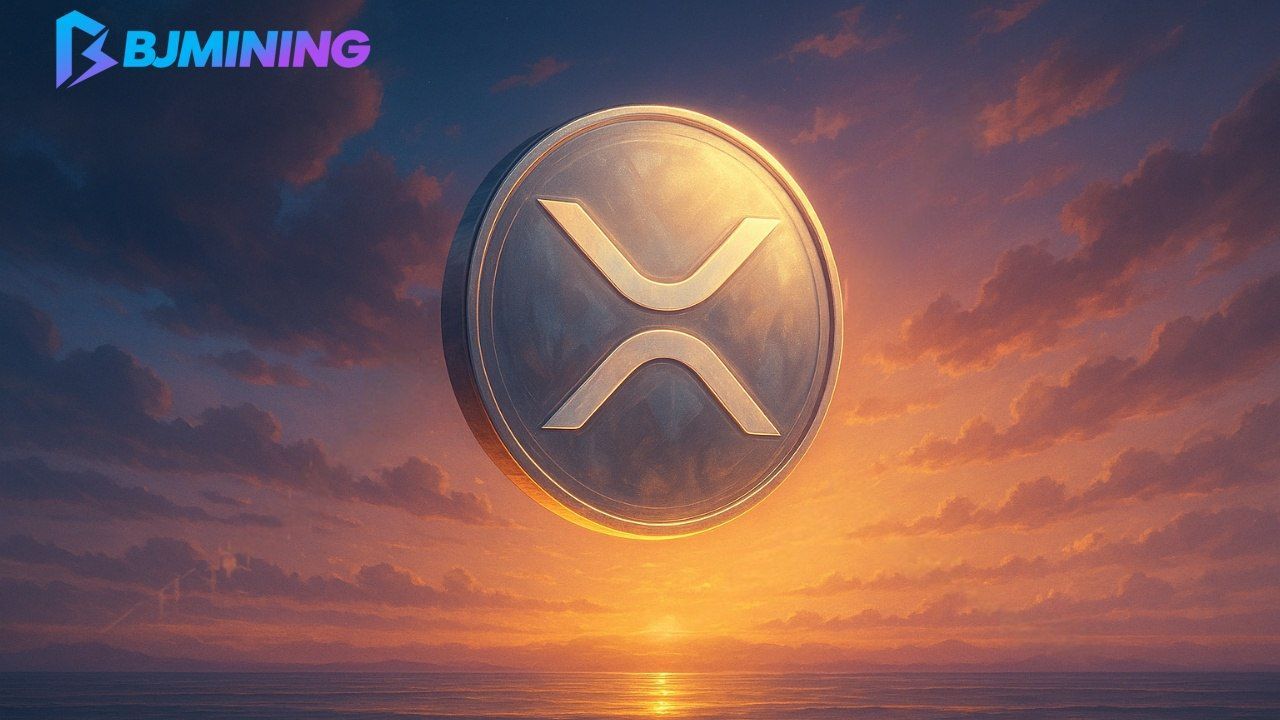Beginner’s Guide to Block Explorers
The Inherent Transparency of Blockchains
Blockchain is immutable, distributed, decentralized and a secure digital ledger. As this digital information is accessible to anyone on the internet it becomes transparent and incorruptible. In a blockchain , once a transaction is validated through a consensus process, it is also committed to all ledgers in the network. These ledgers are distributed databases that store the information recorded from a transaction. Transparency is inherent in a Blockchain network.
It is easy to misunderstand what transparency means on the blockchain. It does not mean that all information regarding every single user is open for all to explore. Rather, the transparency insinuates that if one knows how to navigate through a blockchain, they can understand the network deeply.
To understand the inner workings of the blockchain, to look into its transparency, we have platforms called Block Explorers. They are the windows through which we can peek into any blockchain.
What is a Block Explorer?
A block explorer is a tool that people use to view all cryptocurrency transactions online. Specifically, with a block explorer, one can view all current and past transactions on the blockchain. An explorer establishes the inherent transparency of the network. With the help of an explorer, one can get information regarding any aspects of the network.
For instance, one can look at the transaction status of any particular transaction, i.e., confirmed or unconfirmed. They can look at the networks Hash rate, understand the standings of any of the addresses or look into the network’s history. One of the advantages (or disadvantages) is that if you know who owns a particular address, you can look at their entire history. What is their balance, who they sent transactions to, where have they received it from and so on.
In essence, a block explorer represents a one-stop platform for viewing a particular blockchain and checking data. It provides you with all the necessary information on the any particular blockchain.
What Can Be Found in a Block Explorer
Just like how you use web browsers to browse through the Internet; block explorers allow one to browse the blockchain. They are search engines made specifically to search the blocks of a blockchain. Block explorers can also work as a search tool effectively for transaction IDs and wallet addresses. It has become a highly reliable tool that people dealing with cryptocurrency depend on for any information.
How to Navigate a Block Explorer?
All Block explorers in the market usually supply that same information. It is easily perceivable and once you understand a particular explorer, it’ll be easy to understand the rest of the explorers of any particular cryptocurrency as well.
Let us look at a simple Bitcoin block as seen on Blockexplorer.com
- From Address – These are the addresses from which the transactions were initiated. Using the Block explorer, you can even click on any of the addresses and look into their particular address.
- To Address – These are the addresses to which the transactions are being sent. The addresses also can be further evaluated by looking into their transactional history.
- Block Hash – The Block hash is the unique identification number given to a particular block. The hash of the current block will be later linked to the next block, so that there is continuity maintained.
- Of Confirmations – The number of confirmations states the number of blocks that have been mined after this particular block. Confirmations are important because they represent confidence miners have shown. If a block does not have sufficient confirmations (at least 4), it could mean that no further blocks have been mined on it.
- Total Amount – The total amount of Bitcoins being sent on this particular block
- Block Summary – Block Summary contains rest of the information pertained in a block. Block summaries vary from one platform to another. They usually throw extra light on the matters relating to the block
- Number of transactions on the block
- Estimated transaction volume
- Transaction fees
- Total coins that was transacted
- Block reward, weight, size, version
- Who mined the block
- When the block was mined
- Nonce, Merkle Root
- Hash of the current block
- Hash of previous block and hash of next block
Additionally, you can also view statistics of the entire network with an explorer. Explorers such as Bitinfocharts.com provide information like Richest Address, Average Block time, Network Hash Rate and dozens of other details.
Best Explorers out there
For Bitcoin
For Ethereum and ERC Tokens
Other Important Explorers
- XRP – XRPCharts
- LTC – Blockcypher.com
- Tron – Tronscan.org
- NEO – Neotracker.io
- Multi Currency – Chainz
Other Engaging Explorers
- Bitinfocharts.com – For Complete Analysis and Comparison
- Blockchain3d.info – For 3D and VR Block Explorer Experience
- Smphony.iohk.io – For 3D Block explorer experience
Featured image courtesy of Shutterstock.
The post Beginner’s Guide to Block Explorers appeared first on Crypto Adventure.




